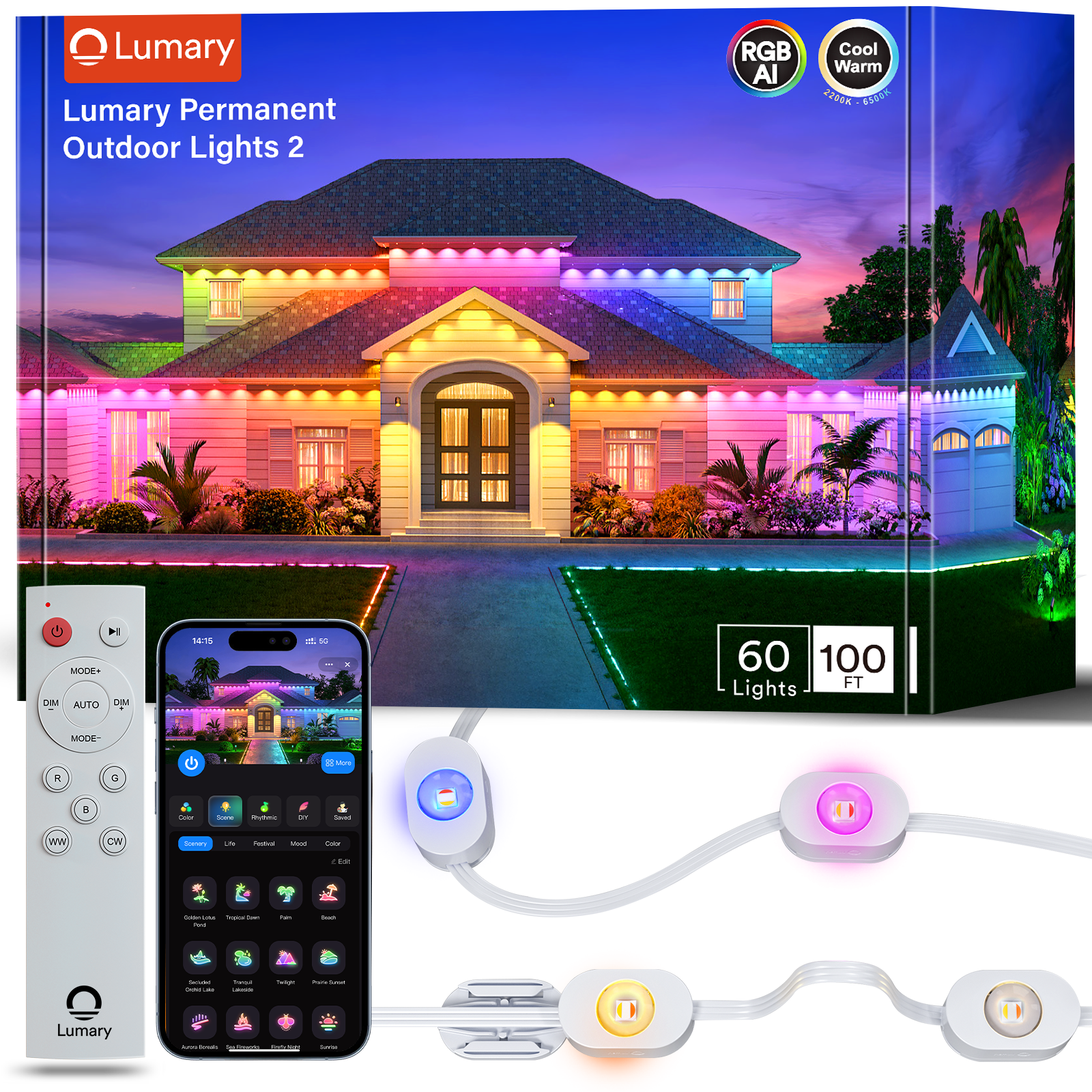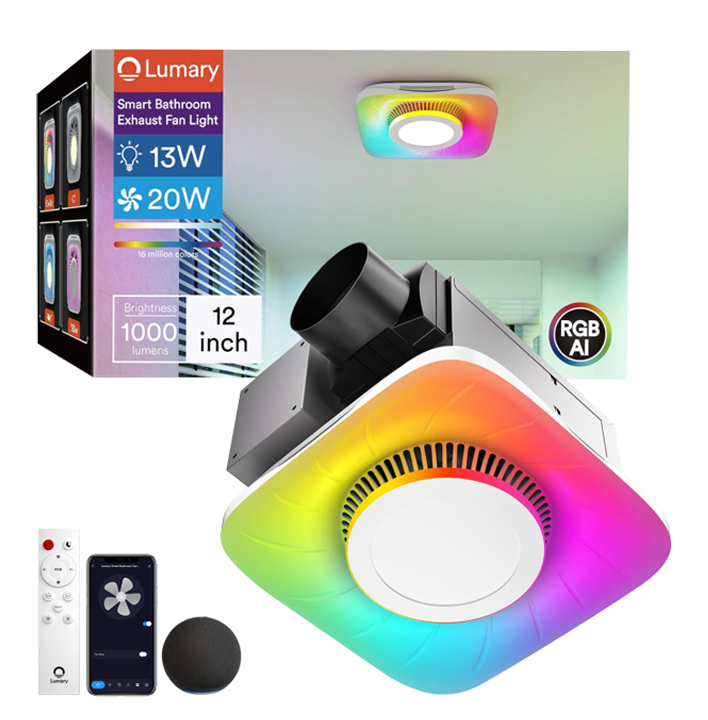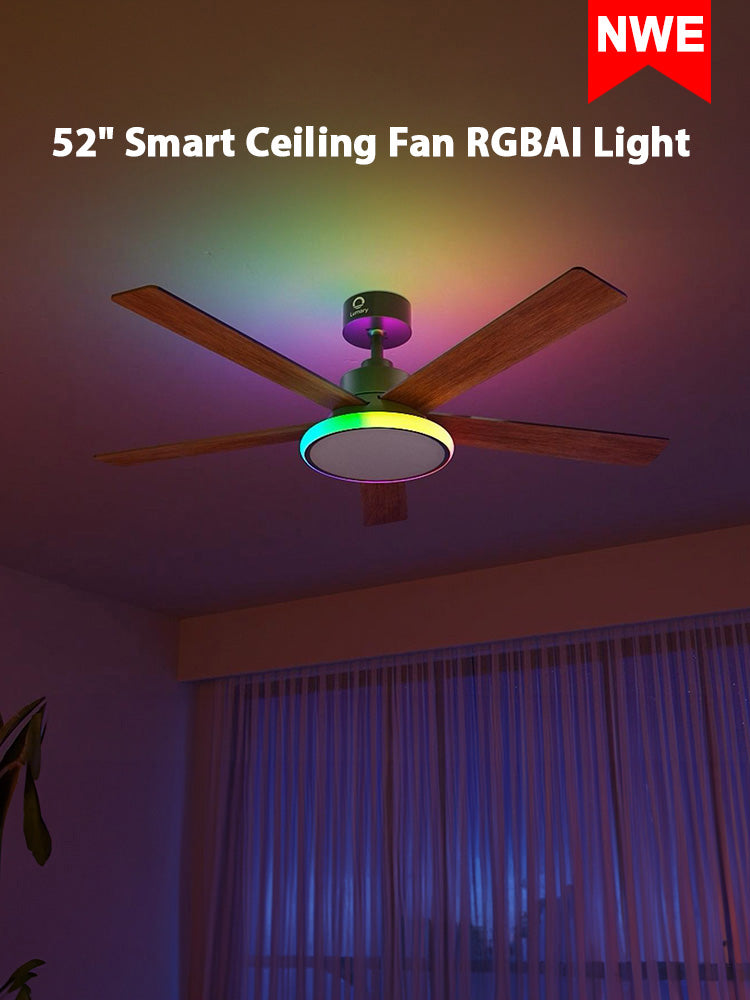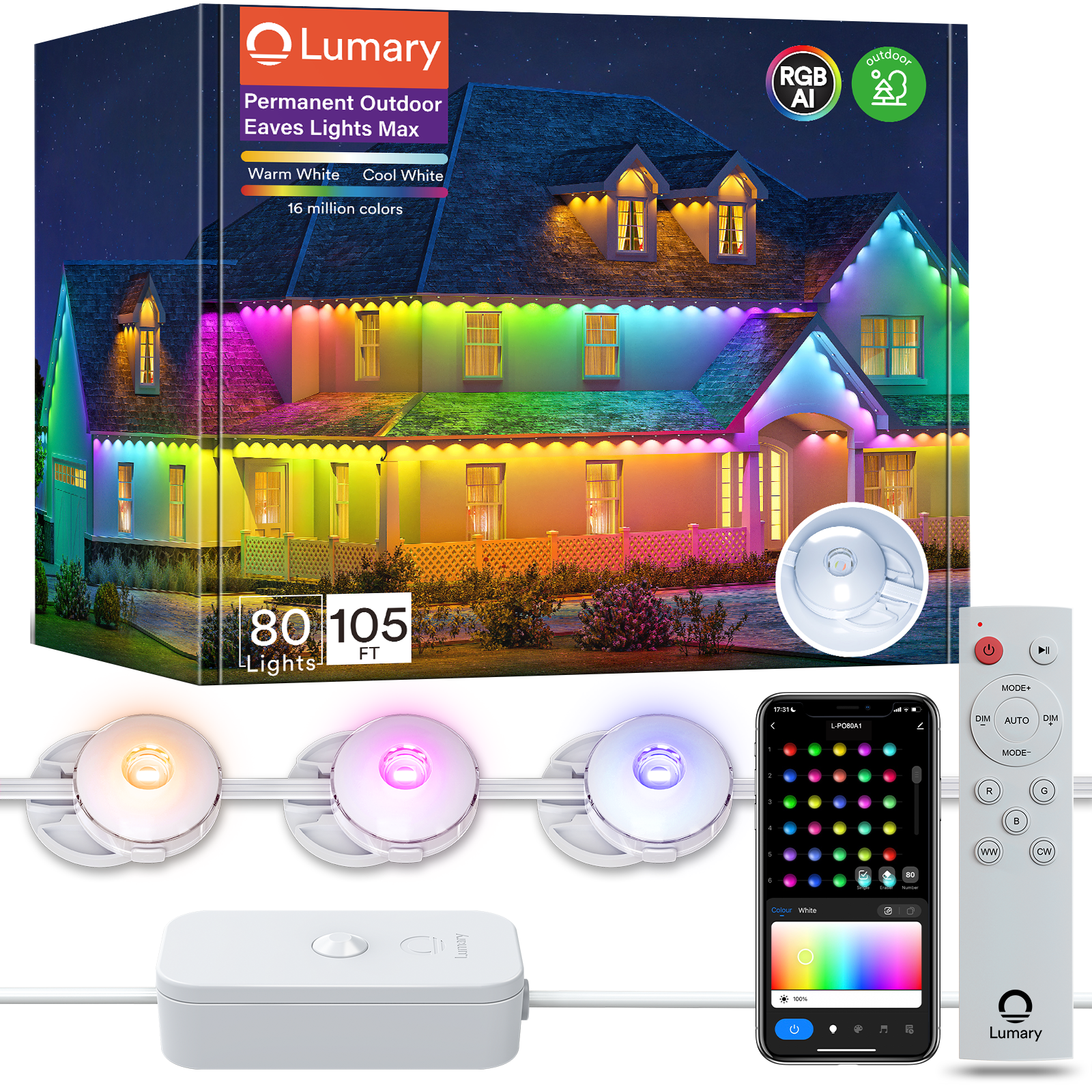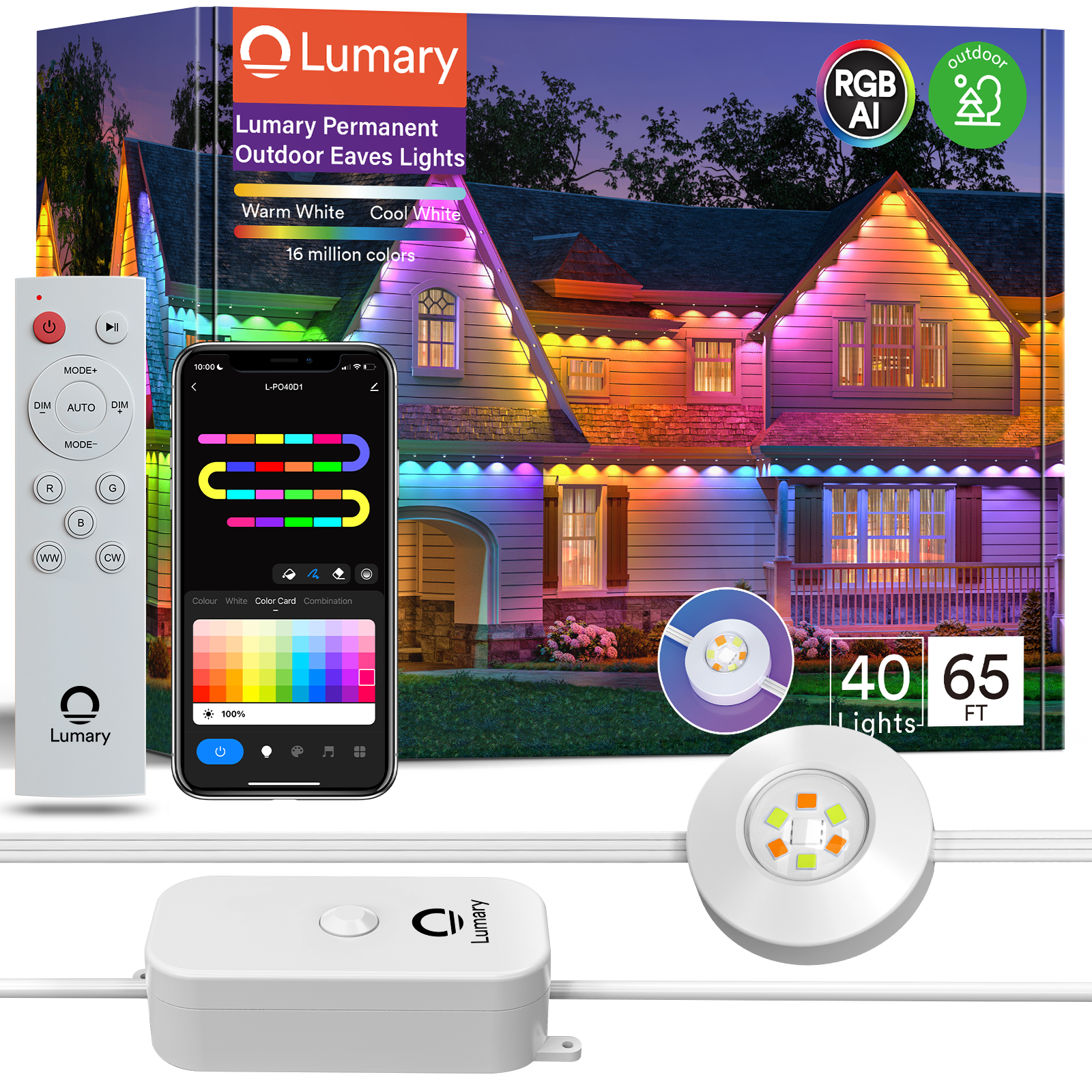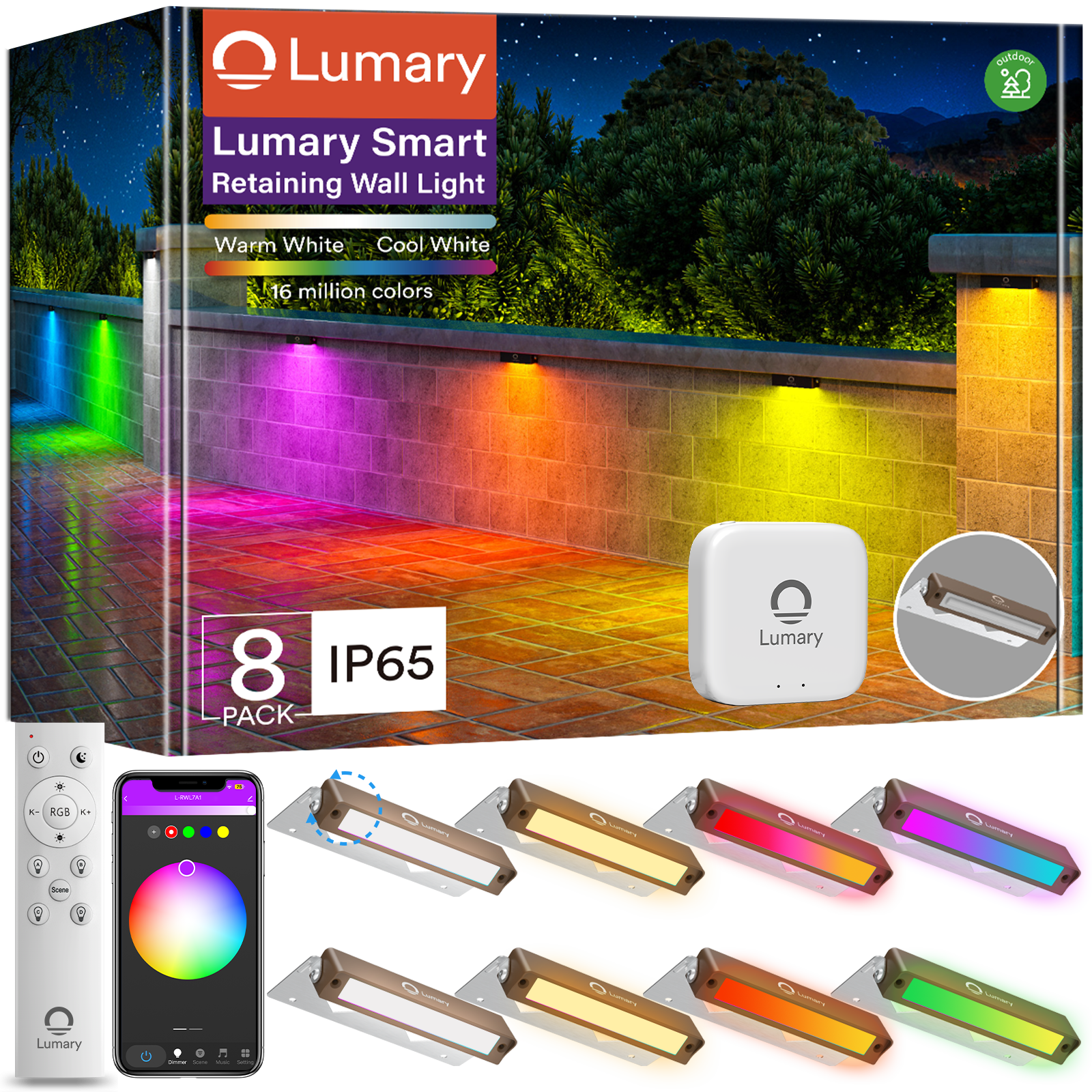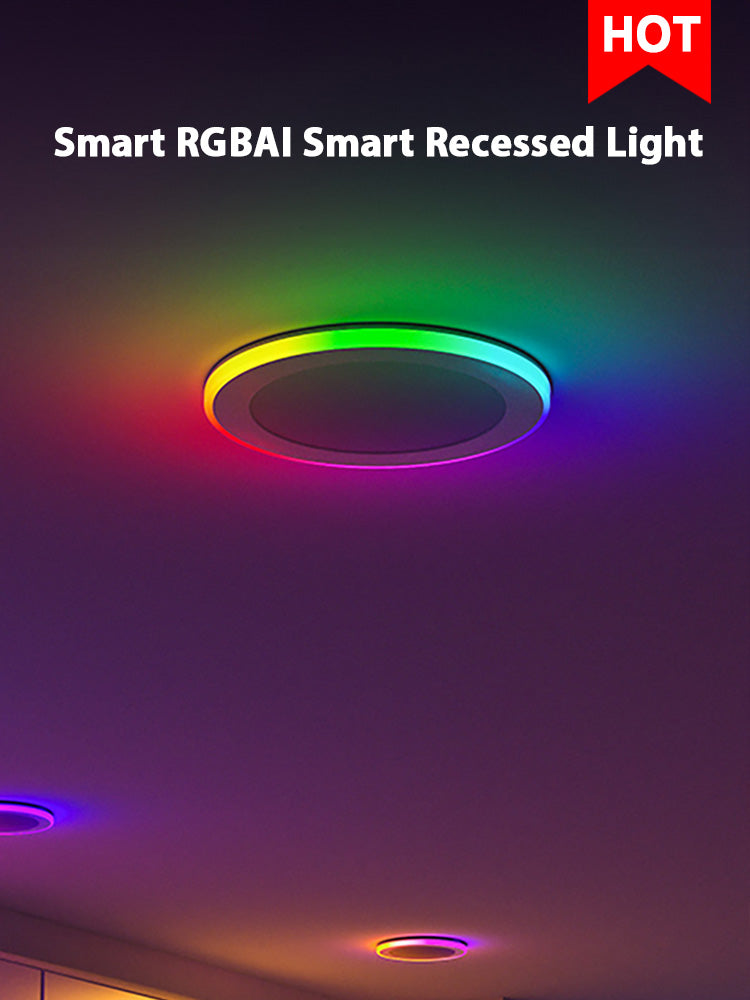Flipping a switch and seeing a light come on is something we do without thinking. But did you know that the little light going on is all thanks to wires being hooked up just right behind the scenes? If those wires aren't connected properly, that simple click can lead to trouble-from a bulb that won't light up to something dangerous like a fire. Hooking up a lamp might seem straightforward, but there's actually a right way to do it to keep things safe and sound. This article will talk about what not to do when you're wiring up a lamp, why these mistakes happen, and how to make sure your lights turn on without a hitch every time.
Common Lamp Wiring Blunders: What Not to Do
When it comes to installing a lamp, there are some pretty common slip-ups that can happen if you're not careful.

Don't Get Crossed
The big mistake numero uno is mixing up the neutral and live wires. Think of your lamp like a battery; just like how a battery has a positive and a negative end, your lamp has wires that need to be connected in a certain way. The live wire (usually colored red or black) is like the battery's positive end-it's where the electricity enters. The neutral wire (typically white or blue) is like the negative end-electricity exits here. If you swap these two, your lamp might not work, or it could create a dangerous situation.
Loose Ends
Next up, we've got poor wire contact. This is when the wires aren't attached firmly. Loose wires can cause sparks or mean your smart light flickers like a strobe at a dance party-not ideal when you're just trying to read a book. Make sure each connection is snug and secure to keep your lighting steady and safe.
Series vs. Parallel
Finally, there's a mix between series and parallel connections. If you string your lamps in a series circuit, one going out means they all go out-like those old Christmas lights. In most homes, you want parallel wiring so that each lamp operates independently. That way, if one bulb goes kaput, it doesn't take the whole system with it. Permanent outdoor lights are a reliable and aesthetically pleasing option. These lights are designed to work on their own, so if one bulb fails, it won't affect the whole setup. They're convenient and long-lasting for your outdoor spaces.
Why Does Lamp Wire Woes Happen?
Here's why these all-too-common issues might happen when you're setting up your lamp.
Skipping the Study Session
First off, many wiring errors come down to not knowing enough about the task at hand. Wiring isn't always as simple as red to red and black to black; there's a bit more to it. Without a good grasp of basic electrical knowledge, it's like trying to put together a puzzle without looking at the picture on the box. So, before you start, take some time to learn about how wiring works.
Rushing Through
Then there's carelessness. Maybe you're in a hurry, or you think you've done this so many times that you could do it with your eyes closed (please don't try that). But rushing can lead to silly mistakes, like not screwing in a wire cap all the way or mixing up wires. It's always better to take your time and do things right than rush and have to do them over… or worse.
Manual? What Manual?
Lastly, many missteps happen because the instruction manual was left sitting in the box, lonely and unread. Those pamphlets aren't just for decoration-they're packed with important info specific to your lamp. Not all lamps are created equal, and what worked for one might not work for another. Always read the manual first, even if you feel like an installation pro.
How to Wire Your Lamp Correctly?
Making sure you connect the wires correctly is a bit like following a recipe-you need to measure accurately and add ingredients in a particular order.
1. Gather the Right Tools for the Job
Before diving in, make sure you've got all the necessary tools on hand. This usually includes a wire stripper, screwdriver, and sometimes wire nuts or electrical tape. Having everything within reach will keep you from scrambling mid-task, which can lead to shortcuts and slip-ups.
2. Power Off, Safety On
The most important step before starting any electrical work is to turn off the power. This might seem like a no-brainer, but it's an easy step to skip in the excitement of getting a new lamp set up. Turn off the circuit breaker or remove the fuse that controls the circuit you're working on. Better safe than sorry!
3. Your Installation Bible
Now, grab that instruction manual. It's customized for your lamp for a reason. Follow the directions step by step so you don't miss any crucial details. If the manual says to connect the ground wire first, do it-these steps are designed to keep you and your lamp safe.
4. Make the Connections
Once you start connecting wires, color-code them as recommended by the manual. Usually, this means matching the colored wires together-black with black (live), white with white (neutral), and green or bare copper (ground). When connecting, make sure there's no metal showing around the connections; exposed wires can touch and cause short circuits.
5. Knots and Nuts
After twisting the wires together, secure them with wire nuts-a little plastic cap that screws onto the ends of the twisted wires-or electrical tape if directed. Give each connection a gentle pull to make sure it's snug. Any loose connections can lead to sparks or an incomplete circuit where the light won't work.
Test for Ensuring a Safe Lamp Wire Connection
It's crucial to check that everything is connected correctly before you call it done.
- Tool Time: First things first, grab a voltage tester or multimeter. These handy devices are made to measure electrical current without you needing to touch the wires directly – a big plus for safety!
- Inspection Rundown: Before powering anything back on, do a visual check. Look over all your connections to ensure they match the manual's instructions. No stray wires should be visible, and all wire nuts (if used) should be secure. This is your first line of defense against potential problems.
- Power Up: Now that your testing tool is ready and the visual inspection is complete, you can safely restore power. But keep the lamp switched off while you first test the outlet. If the voltage tester lights up or the multimeter shows current, you're good to go.
- Switch Flip: If there's current at the outlet, turn the lamp on. The bulb should light up smoothly without flickering or buzzing. If it doesn't work or if there's any unusual noise, switch it off immediately. This could mean there's a short somewhere or a connection isn't right.
- The Touch Test: With everything seeming in working order, lightly touch the lamp base and fixture. It shouldn't be warm or vibrating. Any unusual sensation means something isn't right internally, even if the light is working.
Get Your Lamp Lit Up Right
Ensuring your lamp illuminates without a hitch boils down to meticulous attention to detail and an unwavering commitment to safety. By avoiding common pitfalls like wire confusion and loose connections, arming yourself with the right tools, and adhering strictly to the guidelines in your trusty instruction manual, you're setting the stage for a well-lit and hazard-free environment. Remember, the key to a successful lamp installation is patience and precision-from double-checking each step to testing the final product. So take your time, respect the process, and you'll not only brighten up your space but also keep it safe for all who bask in its glow.

